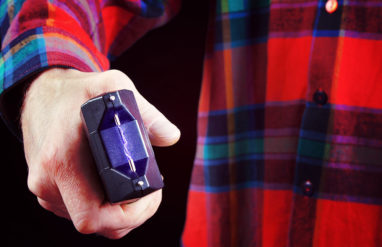Hogmanay
Hogmanay [ hog-muh–ney ] is the Scots word for the last day of the year, also known as New Year’s Eve. Hogmanay is said to have been celebrated in the time of the Vikings in Scotland, so people like to get decked out in their best viking gear to celebrate, down to carrying blazing torches. Other fire-related Hogmanay traditions are lighting bonfires and even, in some towns, swinging fireballs.
Another Hogmanay tradition is first-footing. According to this tradition, the first person to cross the threshold of your house after the stroke of midnight (the first-footer) is a bringer of good fortune. It is said that the first-footer should be a dark-haired man, but anyone will do as long as they are friendly. Traditionally, the first-footer should bring the host a gift of whiskey, black bun (a kind of fruit cake), and coal to warm the house.
One of the nicest Hogmanay traditions is the exchange of gifts, which are themselves known as hogmanay. Speaking of the home, Hogmanay is a good time to clean the house before the new year. Traditionally, any old ashes would be taken out of the house on Hogmanay. Some people also engage in the practice of what’s known as saining the home, a purification ritual thought to date back to pagan times involving water and juniper.
The origin of the word Hogmanay itself is disputed. it might come from the Old French aguillanneuf, a festival similar to Hogmanay. it might also come from Anglo-Saxon for “holy month.” Either way, there is no doubt it is a uniquely Scottish celebration, just as Scottish as the other terms we have up our sleeve.
Learn about other New Year’s traditions around the world that share the spotlight with Hogmanay.













